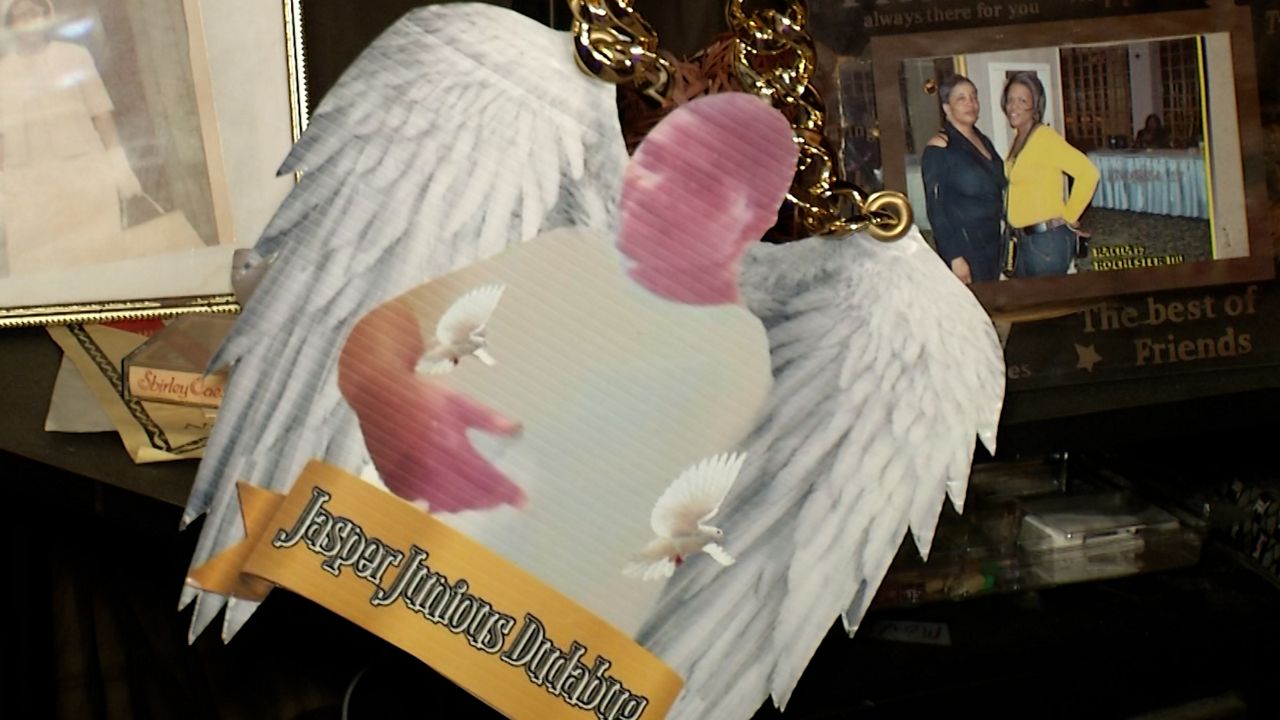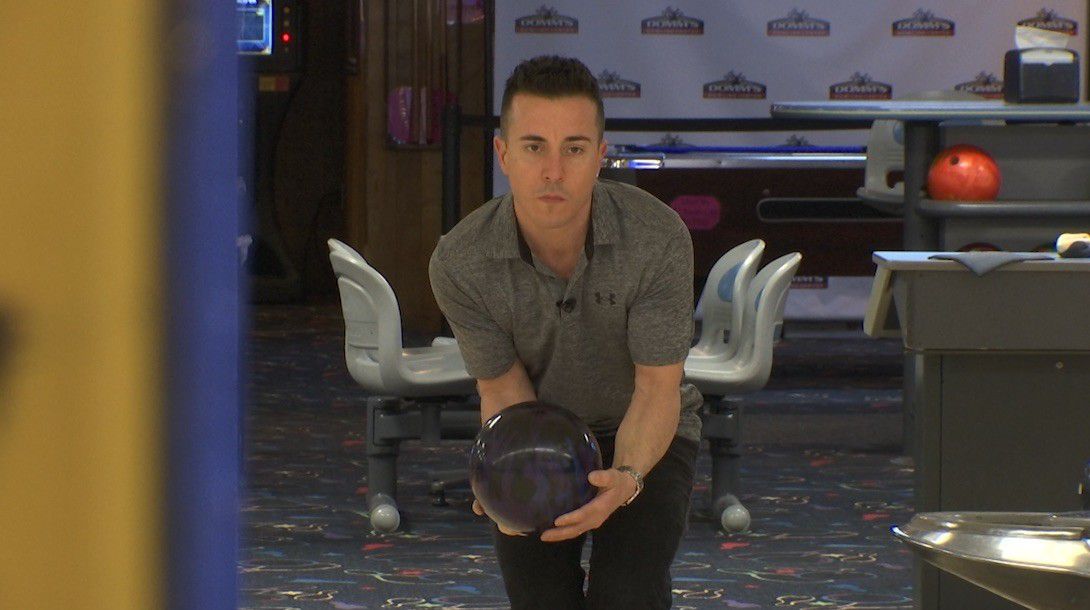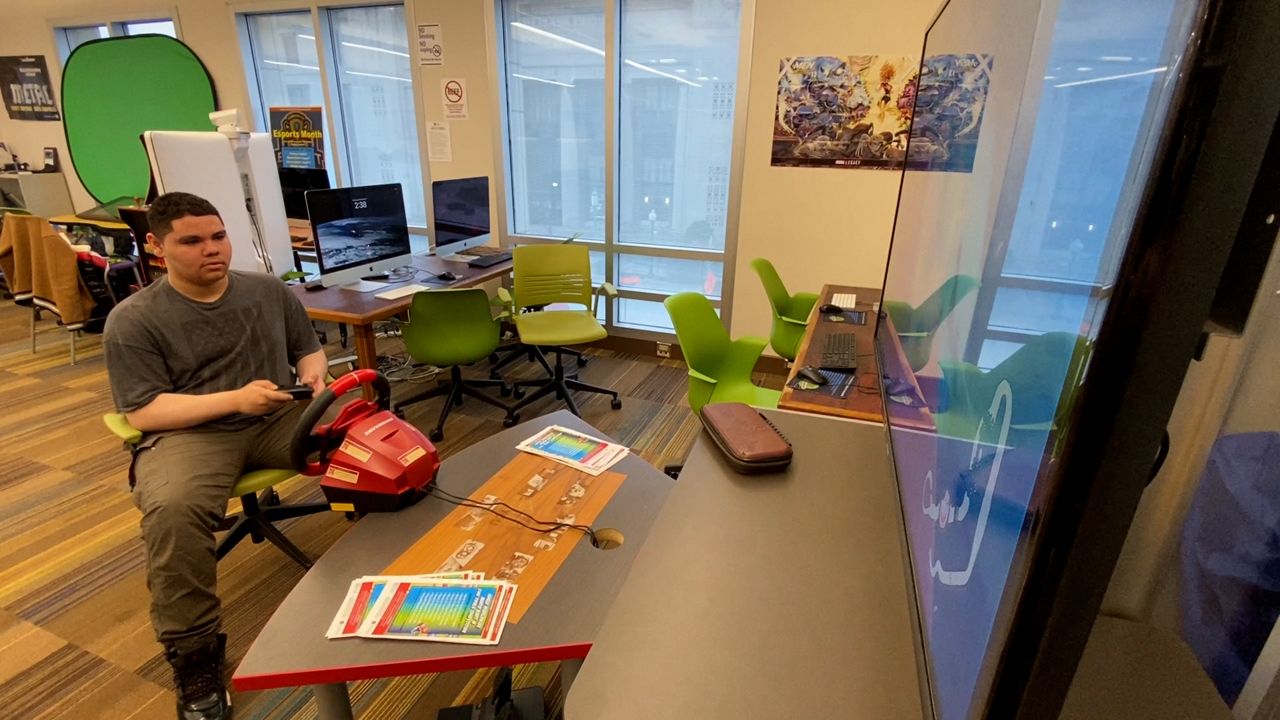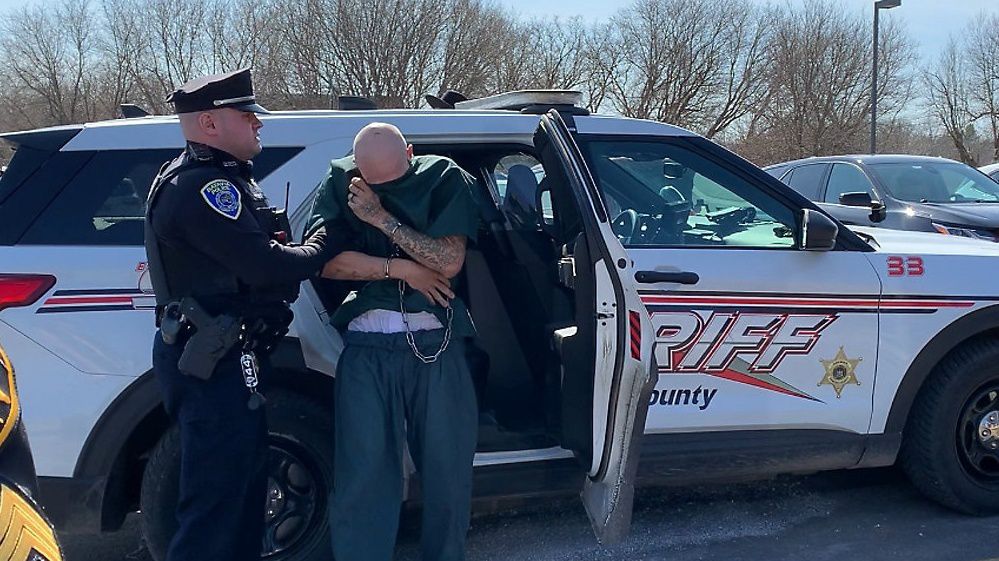PENFIELD, N.Y. — Despite advances in diagnosis and treatment, more Americans are living with heart failure than ever before. According to the American Heart Association, the number is more than six million — and is expected to rise. A life-saving procedure is helping many patients live normal lives.
Something as simple as taking her dog Max for a walk is something Jessica Driffill no longer takes for granted. For the Penfield woman, even a short stroll was difficult.
“I was not able to breathe very efficiently,” said Driffill. “I couldn’t take full deep breaths and I felt a heaviness on my chest.”
When she was 26 weeks pregnant with her son Jackson, Jessica’s water broke. Doctors were able to stop labor, but then, at 29 weeks, she went into heart failure.
“I wasn’t getting enough oxygen to my body,” she said. "I couldn’t do as much physically.”
Jessica was just 32 years old. She thought she might be a candidate for a heart transplant, but doctors told her she was too sick.
“Being young, I didn’t feel sick,” said Driffill. “They told me I was dying, and I was like, really?”
At University of Rochester Medical Center, doctors installed a heart pump called a Left Ventricular Assist Device. The pump device is sewn into the heart, sending blood from the heart, into the pump, and to the aorta.
“So it really takes over the pumping of the heart,” said Dr. Jeffrey Alexis, who oversees a URMC program that recently installed its 1,000th LVAD device. “The engineers will tell you that the pump will last indefinitely.”
Increased blood flow means more oxygen is delivered to the body, increasing a heart failure patient’s chance of survival.
“The patients feel better,” said Alexis. “Their breathing improves, and for many patients this is their final therapy.”
Jessica carries her LVAD and the battery pack that powers it in a backpack. Her son, now seven, was born healthy. Once she recovered from the operation, Driffill saw an immediate difference.
“I was able to take him to the zoo, go for a walk,” she said. “Simple things, whereas before I was huffing and puffing.”
That’s no longer the case, thanks to a new accessory — that helps keep her moving.
“It did save my life,” said Driffill. “It’s great.”











